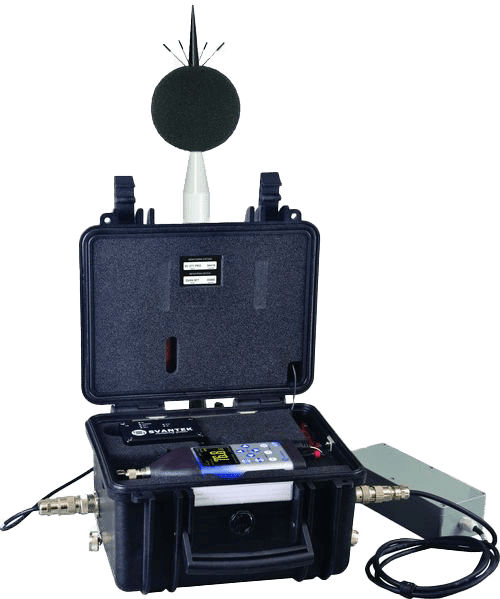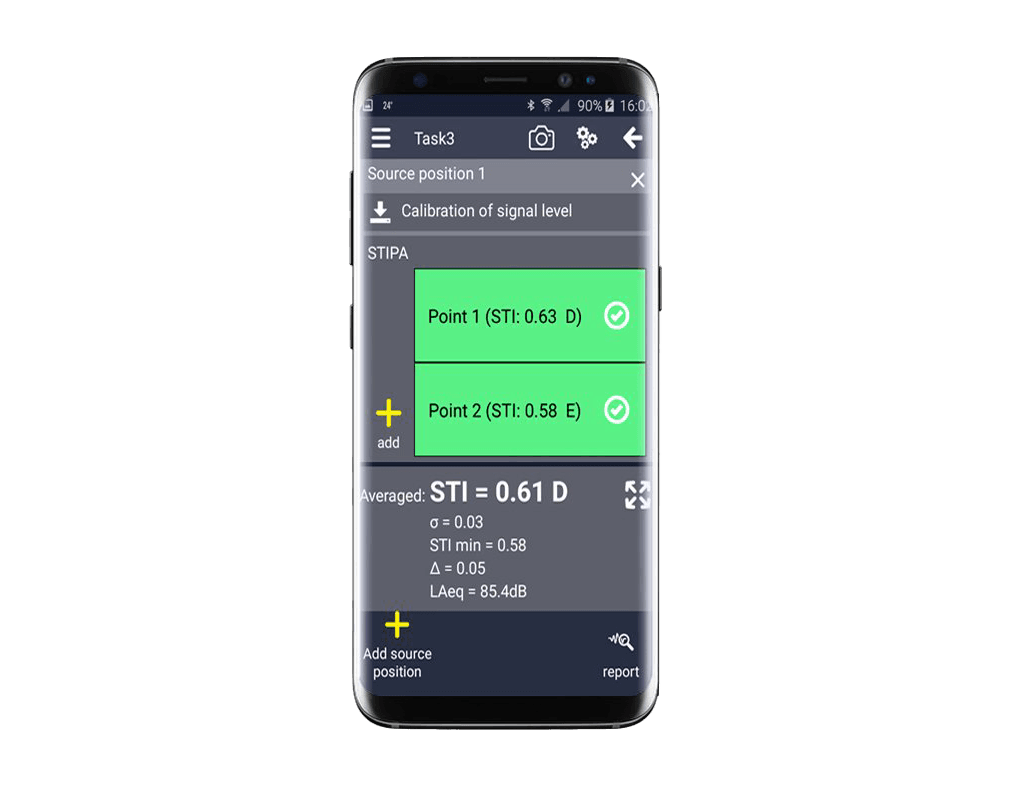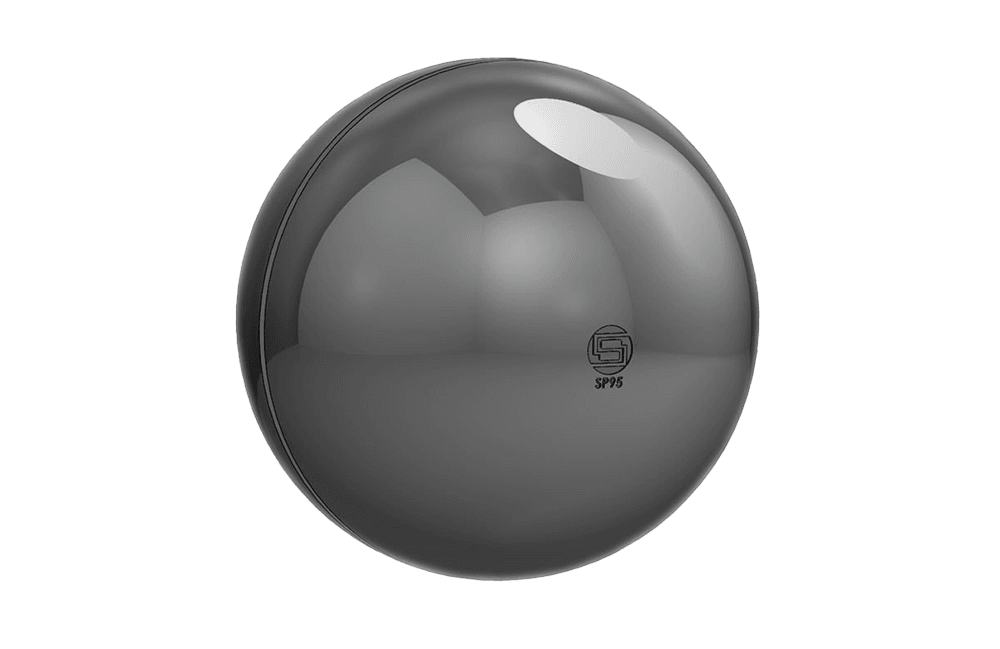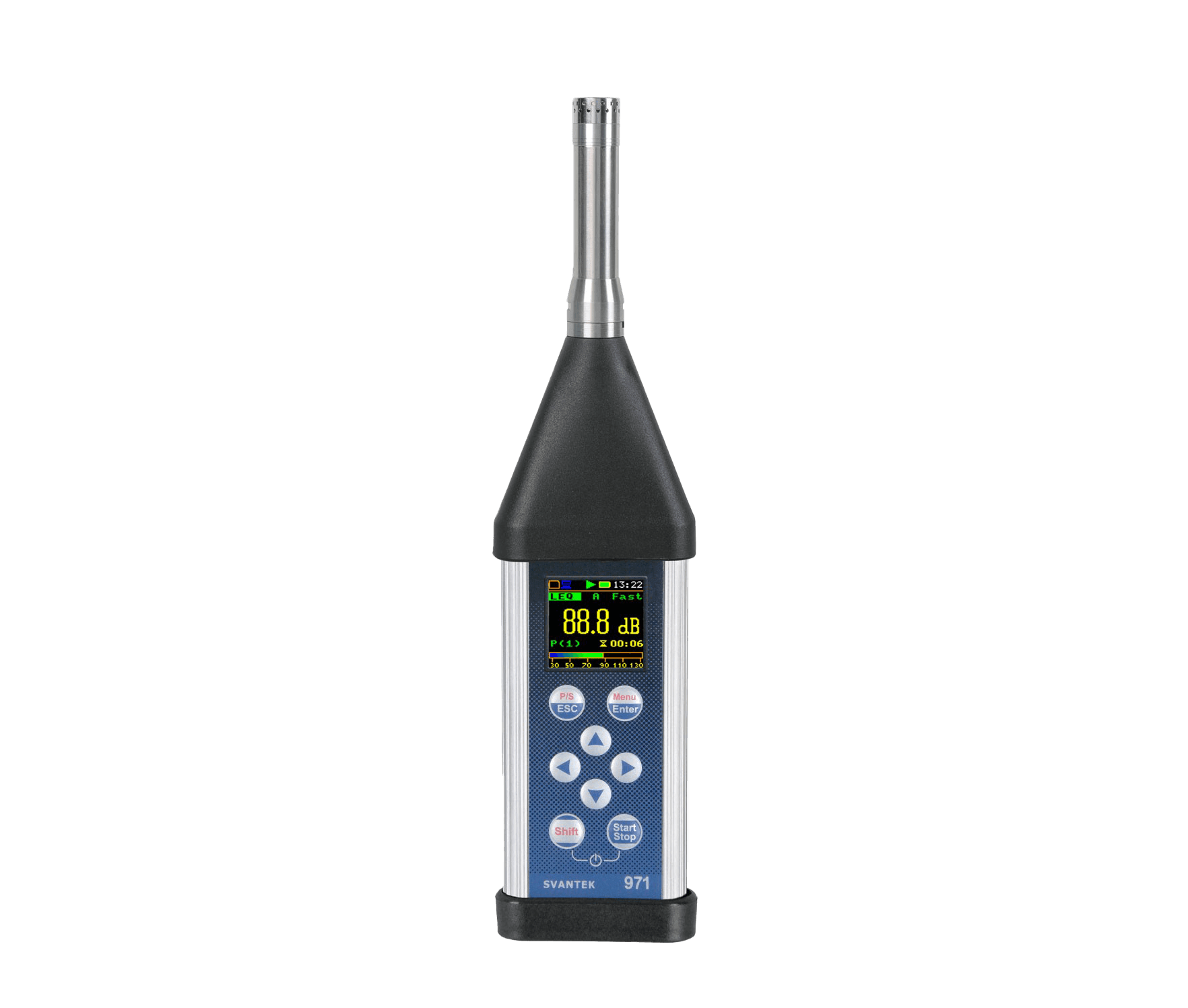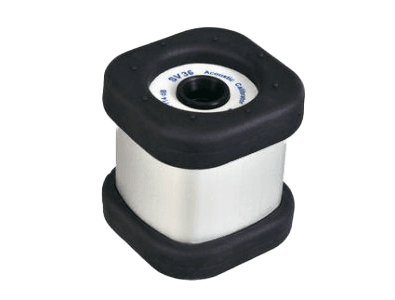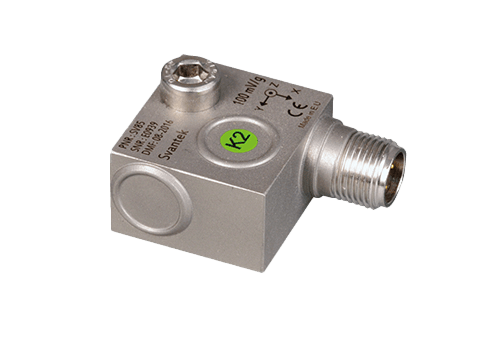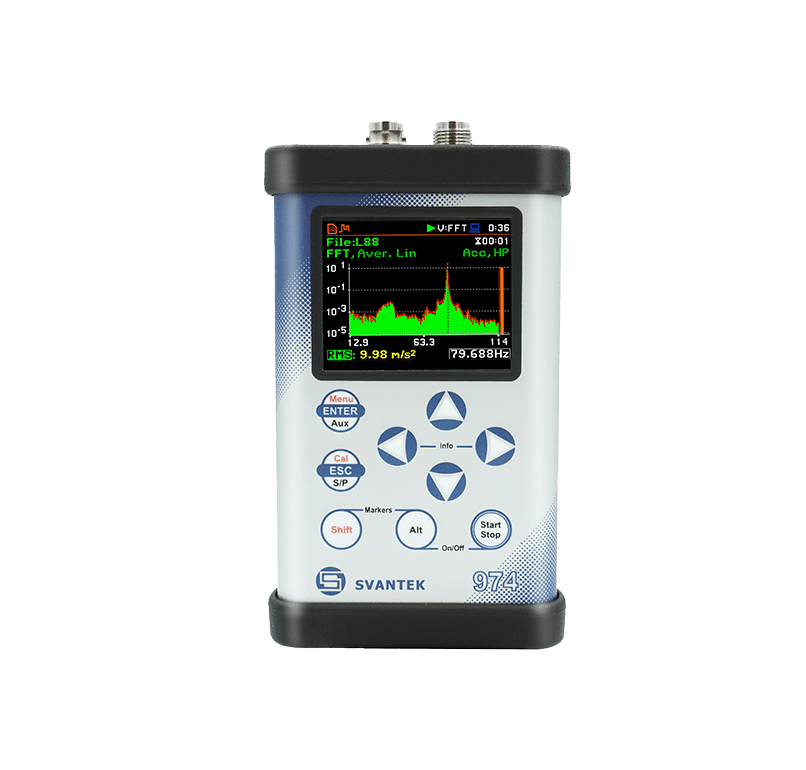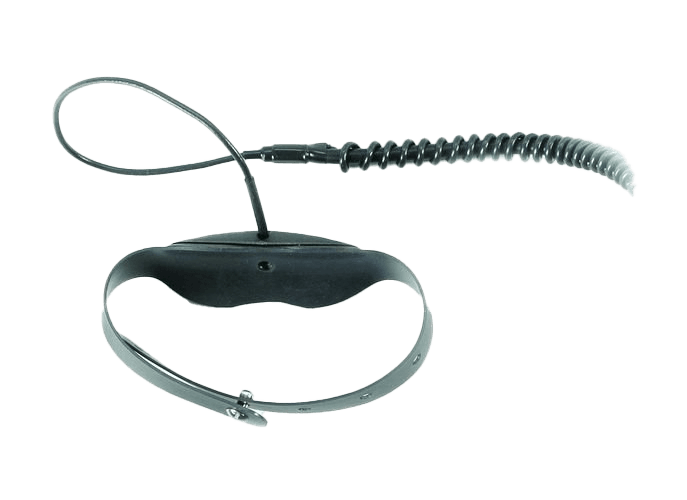We had the pleasure of sitting down with one of the most influential people in this space, Anthony Robinson, Principal Officer Noise & Acoustics at City of Westminster Council. We wanted to hear directly from Anthony what you need to do to make sure you are compliant and to find out some tricks and tips to help you monitor vibration safely and correctly.
Here are the 3 simple things to consider when monitoring vibration on a construction site:
Simple and Easy to Understand Data
Anthony Robinson says its important that your data is correct and easy to understand, the parameters typically requested by the council is PPV to measure structural vibration and also VDV to measure the human response to vibration. We have spoken to the world’s leading noise and vibration consultancies, and they will pick a system that measures PPV and VDV as a minimum.
Placement of the Sensor
Anthony says that he finds systems in places that will cause false vibrations, this is because the system is placed incorrectly. Placing the sensor near the entrance of the site can cause problems as it will pick up vibration from vehicles coming in and out of the site, it’s also prone to being knocked by workers or even run over by the same trucks. The sensors shouldn’t be placed in sections with access to power (this is the typical reason for placing near the entrance) again we spoke to leading consultants and to mitigate this they select a system that has a long battery life (over 3 months). When placing your sensor, make sure its in a place where it is measuring the works of the site, the piling, and the physical building, also in a place that is protecting receptors in the area correctly.
Central Data and All in One Portal
Anthony say it’s important to have data that can easily be reported and accessed by the council and other stakeholders. Some local authorities like to have data from all systems in the area reporting to a central location. Make sure your system has a decent API or FTP protocol that can be used. You would need manufacturer support to help make this work. Lastly and most importantly, make sure whatever system you choose to use, it must have data that is reporting to a portal that reports noise, air quality and vibration. As it’s rare that you will only ever need vibration data. Project teams across the country have told us that monitoring contractors waste more time and energy stitching together data from different systems from different manufacturers all using separate portals. Simply choose a supplier that can deliver a portal measuring every parameter and in an extremely easy to understand format. This will save you time, and ultimately money and will give you an easy live when working with local authority for your construction project.

